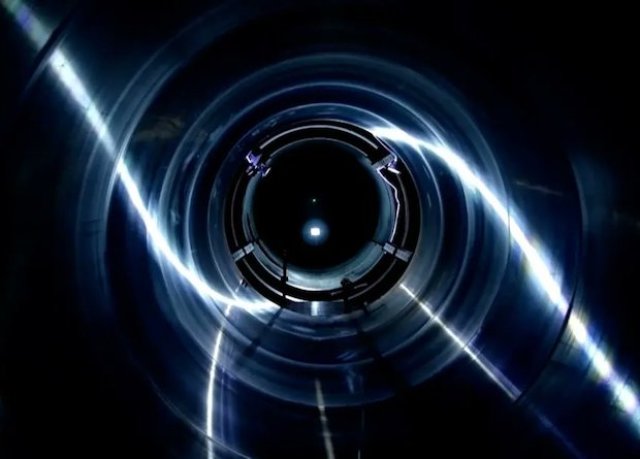The construction of the Chinese hypersonic wind tunnel JF22 is scheduled to be completed next year. According to China Central Television, it will be able to simulate a maximum speed of up to 10 kilometers per second — 30 times the speed of sound — and an altitude of 40 to 100 kilometers.
Wind tunnels help to determine the behavior of different aircraft layouts or its individual elements at the development stage. With this installation, engineers evaluate aerodynamic noise, drag, flow, sticking of the air flow and the formation of turbulent flows.
Most wind tunnels today allow you to conduct research at a flow rate that exceeds the sound speed up to three times. Some can briefly create an air flow with a hypersonic flow rate. For example, the Chinese JF12 can form a flow with a flow rate of up to nine Mach numbers, but only for one hundred milliseconds.
The main State Laboratory of High-Temperature Gas Dynamics of the Chinese Academy of Sciences started developing the 245-meter hypersonic wind tunnel JF22 in 2018. Initially, it was assumed that it would be able to briefly create a gas flow with a flow velocity of up to Mach 25 using detonation chambers. A mixture of oxygen, hydrogen and nitrogen should be created in them, and then ignited and exploded.
China Central Television reported on August 22 that the construction of JF22 is scheduled to be completed next year. The characteristics of the wind tunnel will be higher than previously stated. So, it will be able to create a gas flow with a flow speed of up to 10 kilometers per second or 30 times the speed of sound, as well as simulate an altitude of 40 to 100 kilometers. Other details about the installation are not disclosed.
In addition to hypersonic wind tunnels, the Chinese have a transonic one, which we wrote about earlier. It allows you to blow through models of aircraft at air flow speeds from 0.3 to 1.6 Mach.
Vasilisa Chernyavtseva

